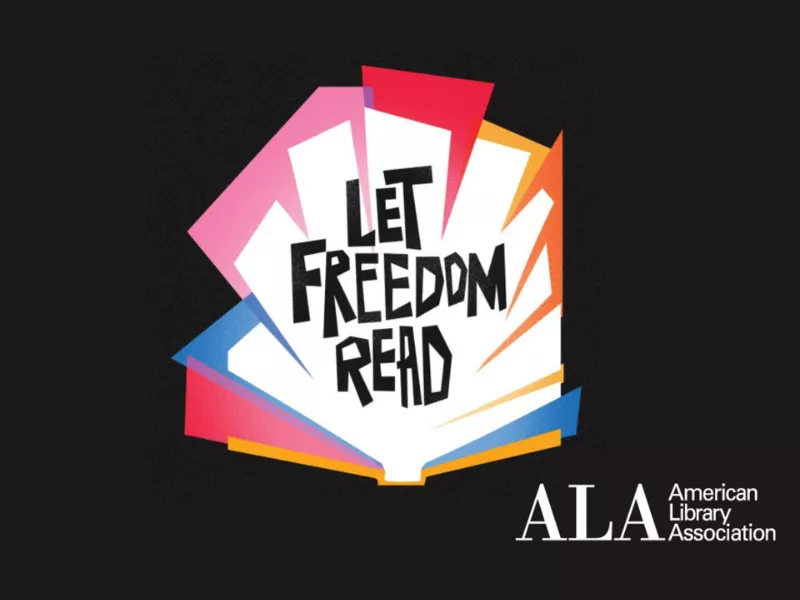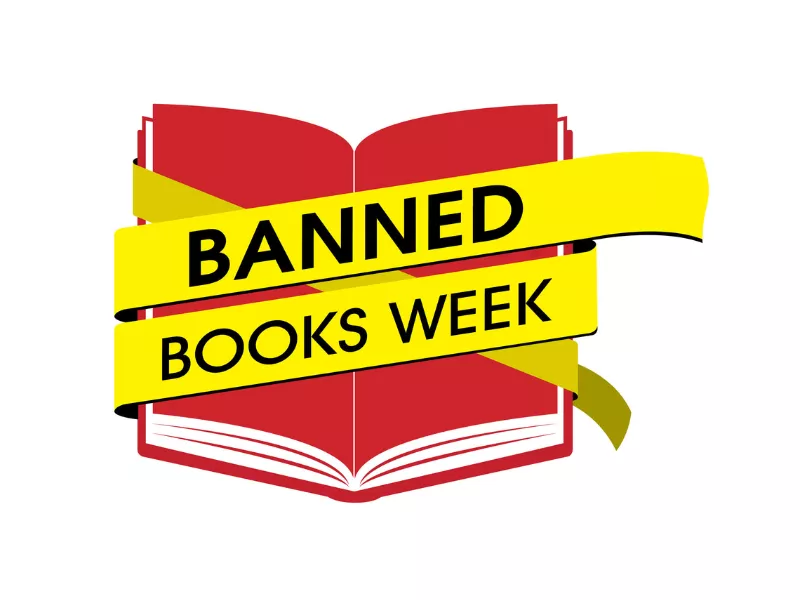You may have heard of Banned Books Week, but you might not know why it exists, or why it still matters today. Every year, libraries, schools, and bookstores across the country face challenges to books on their shelves. These challenges often target stories that feature diverse voices, address difficult issues, or encourage readers to think critically. While not every challenge results in a ban, the act of trying to remove a book limits the choices available to everyone.
Banned Books Week shines a spotlight on these attempts at censorship and celebrates the freedom to read. At its heart, it’s about intellectual freedom—the idea that what to read should be decided by readers (and, in the case of young people, their parents or guardians), not by outside pressure. Limiting access to books means limiting access to ideas, perspectives, and opportunities for growth.
If this comes as news to you, you’re not alone. The links below share background on Banned Books Week, why it matters, and how you can explore challenged books yourself. At the end of the day, every reader deserves the right to make their own choices about what stories they encounter and what ideas they consider.
ALA
Want to dive deeper into the history, data, and stories behind book challenges? Visit the American Library Association’s official Banned Books Week page for resources, stats, and ways to explore the freedom to read.
Banned Books Week
Check out the official Banned Books Week site for powerful stories, event ideas, and tools to champion free expression—and to see how communities around the world rally for the freedom to read.
Library Swag
Support the library by shopping our special collection of Banned Books Merch. From cozy apparel to mugs, candles, and totes, each item makes a statement while honoring the importance of open access to information.



